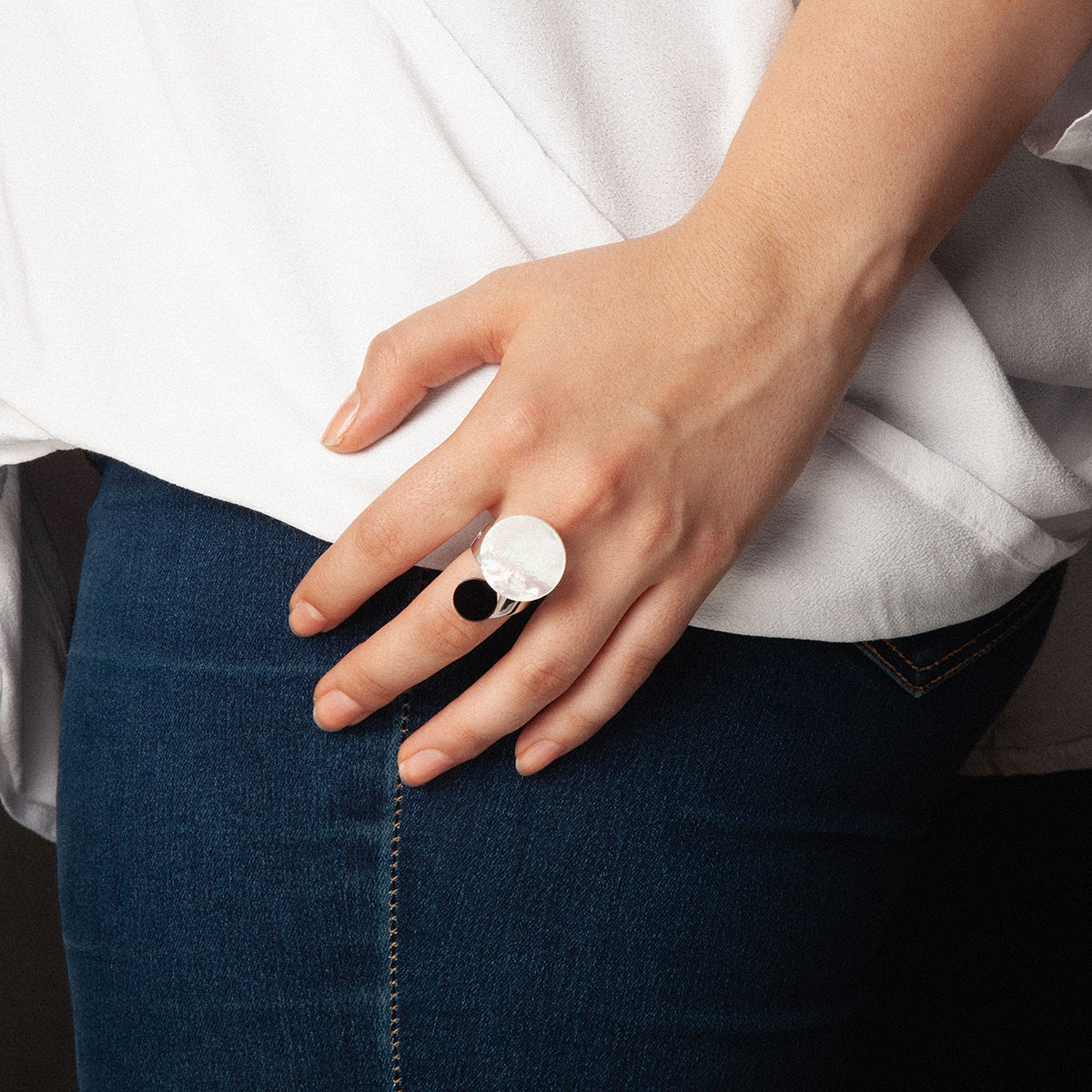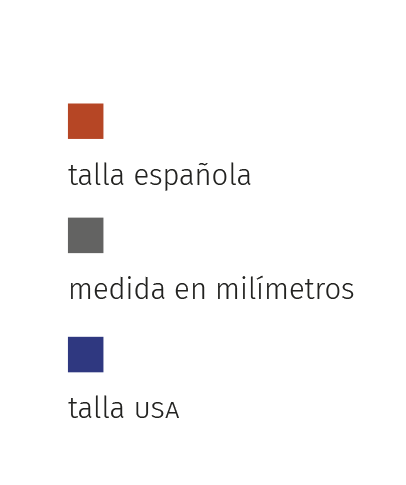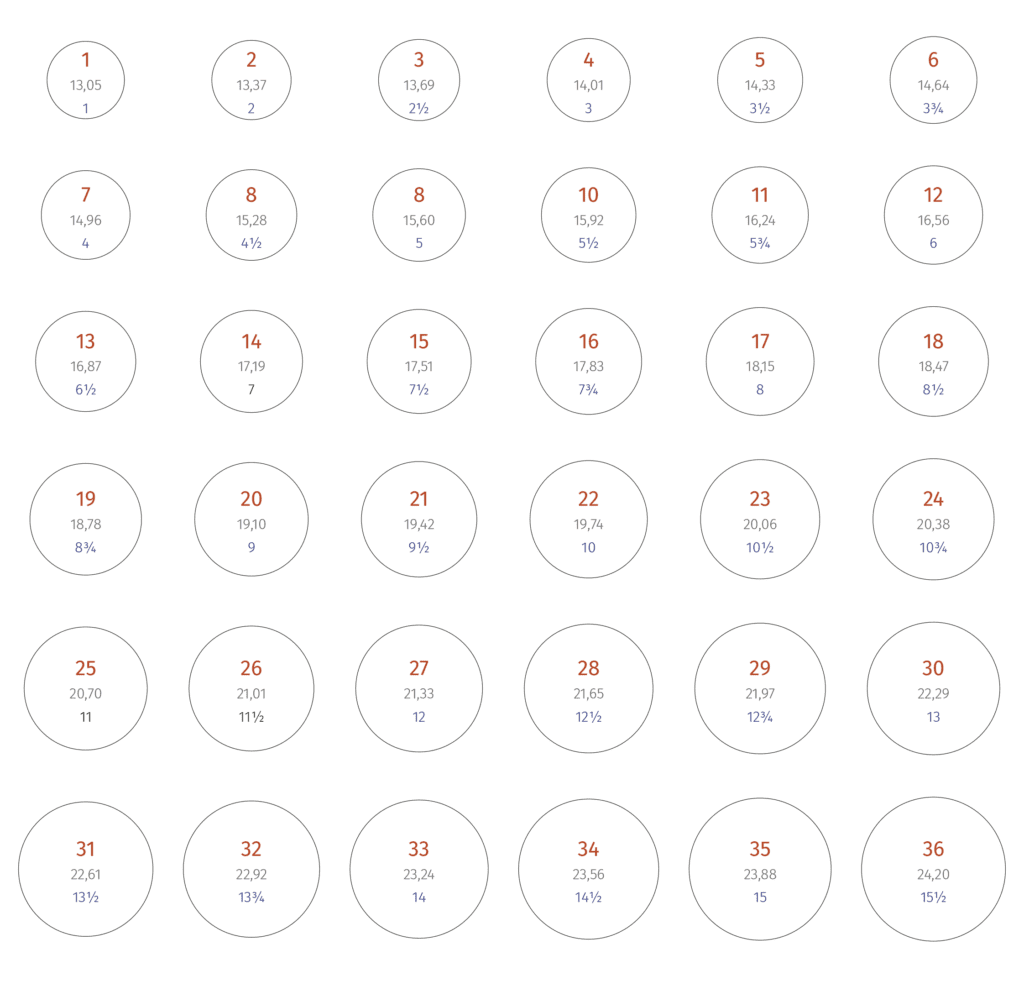This website uses cookies so that we can provide you with the best user experience possible. Cookie information is stored in your browser and performs functions such as recognising you when you return to our website and helping our team to understand which sections of the website you find most interesting and useful.
Ozu ring in silver, onyx and mother-of-pearl
Ozu ring in sterling silver, onyx and mother-of-pearl
102,00 €
Handmade sterling silver ring, 10 mm onyx. and mother-of-pearl of 20 mm. 30×22mm top view.
The onyx It is a variety of black agate, composed of silica, of volcanic origin. Its name comes from the Latin onyx which means "nail". According to Greek legend, Eros cut Aphrodite's divine nails and scattered them on the sand so that their power would last, turning them into stone. The ancient Greeks called onyx all varieties of agate, from the lightest to the darkest. Later, the almost black variety was called onyx.
In Greek and Roman antiquity, this stone was used to make cameos in which goldsmiths carved the figures of famous people on pieces of onyx.
Throughout history, it has also been used to decorate seals, a type of ring worn by authorities to certify official transactions.
The largest producer of onyx is Mexico.
The nacre It is a hard, white, iridescent substance that forms inside the shells of some molluscs. It is usually iridescent due to its laminar structure that refracts light.
- Handmade product
- Free shipping on the peninsula
- Delivery in 15 business days
craft culture
Craft time is a time that takes us out of the urgency of everyday life. A time that obeys the materials with which he works, listening to them and accompanying them. It is therefore a gesture far from routine, the one that machines repeat over and over again. The time for crafts in Belén Bajo is also the time for durable materials, metals, stones, to which timeless, simple shapes are proposed, with a certain geometric flavor.
Stylistic influences
Belén Bajo jewelery seeks maximum formal simplicity without giving up a playful touch. In part, its formal universe comes from the Central European rationalist and functional culture, its Mediterranean roots and the survival of the plastic forms of the culture of Al-Andalus in which a geometrized nature is presented by means of infinite patterns.
About Bethlehem Bajo
Belén Bajo trained at the School of Fine Arts in Madrid. There, from formal experimentation, the accumulation of references and manual work, he developed a way of understanding both plastic creation, a universe of chromatic and material abstractions, as well as the value of the roundness of objects as carriers of symbolic meanings.









